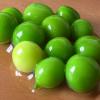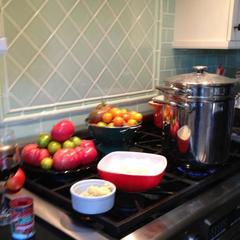-
Welcome to the eG Forums, a service of the eGullet Society for Culinary Arts & Letters. The Society is a 501(c)3 not-for-profit organization dedicated to the advancement of the culinary arts. These advertising-free forums are provided free of charge through donations from Society members. Anyone may read the forums, but to post you must create a free account.
Brine for chicken thigh before searing
-
Similar Content
-
- 1 reply
- 732 views
-
- 15 replies
- 2,618 views
-
- 91 replies
- 34,147 views
-
- 13 replies
- 9,184 views
-
- 7 replies
- 1,321 views
-
-
Recently Browsing 0 members
- No registered users viewing this page.






Recommended Posts